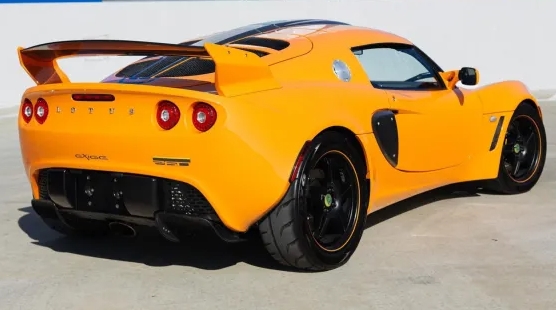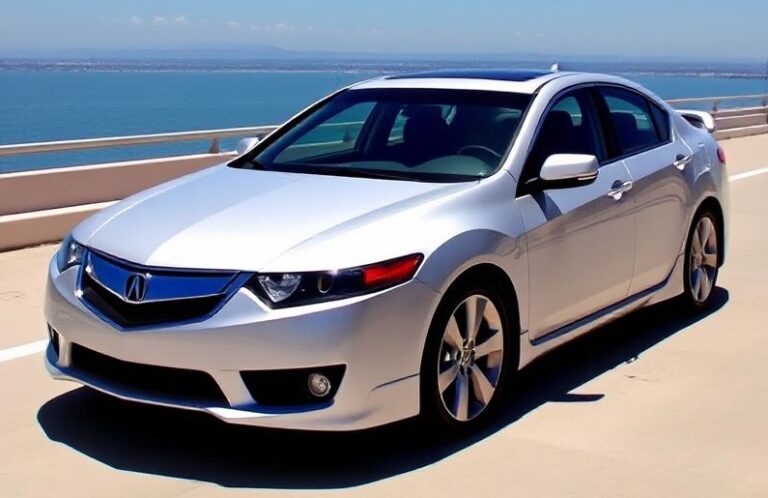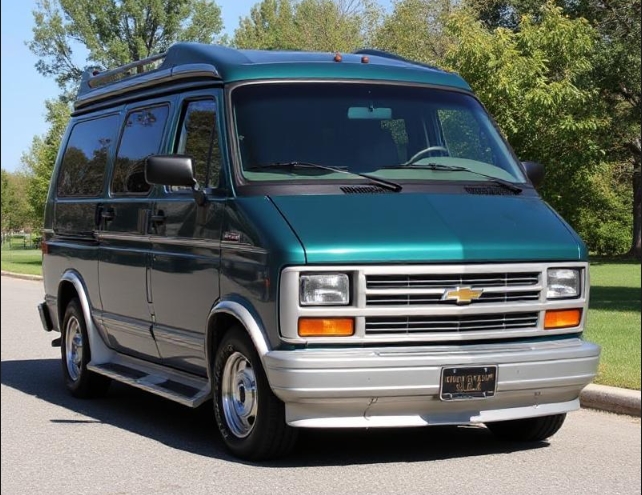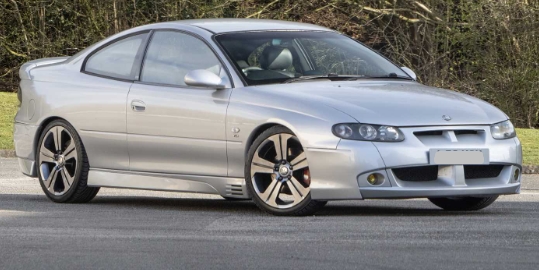The Evolution of the Honda Stream
Introduction
The Honda Stream is a compact MPV (multi-purpose vehicle) that marked Honda’s foray into the compact MPV segment, blending versatility, sporty design, and practicality. Introduced in the early 2000s, the Honda Stream was designed to appeal to young families and urban drivers seeking a spacious yet agile vehicle. Over its production lifespan, the Honda Stream underwent several updates, model variations, and trim level changes, reflecting shifts in consumer preferences and technological advancements.
Production Timeline and Generations
- First Generation (RN1/2/3/4; 2000–2006)
- Second Generation (RN5/6/7/8; 2006–2014)
The Honda Stream was produced primarily for the Asian markets, especially Japan, Southeast Asia, and other regions. It was not officially sold in North America or Europe, although it gained popularity in various markets through imports and grey markets.
First Generation Honda Stream (2000–2006)
Introduction & Design Philosophy
Launched in 2000, the first-generation Honda Stream was developed as a compact, versatile multi-purpose vehicle, emphasizing sporty styling and flexible interior configurations. It was built on Honda’s Compact Car Platform, sharing components with the Civic but with a unique, elongated body.
Models and Trim Levels
The first-generation Honda Stream was offered with several trim levels, primarily differentiated by features, engine options, and interior amenities. Common trims included:
- X: Base model featuring essential equipment, modest interior features, and 15-inch wheels.
- RS: Sportier trim with a more aggressive exterior, alloy wheels, and additional interior features.
- RSZ: Top-tier sporty trim with enhancements like sport-tuned suspension, premium audio, leather seats, and alloy wheels.
- S: A simplified version with fewer features, aimed at budget-conscious buyers.
Engine Options
- 1.7L SOHC i-DSI: A fuel-efficient, low-emissions engine primarily used in Japan and some Asian markets.
- 1.7L VTEC: A more spirited version with variable valve timing, offering better performance.
- 2.0L i-VTEC: Introduced later in the model run, providing a balance of power and efficiency.
- 2.0L i-DSI: Focused on fuel economy.
Transmission Options
- 5-speed manual
- 4-speed automatic
- CVT (Variator) was introduced towards the latter part of this generation in some markets.
Special Editions and Variants
- Honda Stream Modulo: A sportier, accessory-laden version with body kits, spoilers, and custom wheels.
- Honda Stream Crossroad: A crossover-inspired variant with increased ride height and rugged styling cues.
Features & Innovations
The first-generation Honda Stream featured sliding rear doors in some variants, flexible seating arrangements (including 2+2+2 seating configuration), and a focus on maximizing interior space within a compact footprint.
Second Generation Honda Stream (2006–2014)
Design & Market Position
The second-generation Honda Stream debuted in 2006, featuring a more refined and modern design with increased dimensions and improved interior quality. It retained the sporty DNA but added more comfort and technological features.
Models and Trim Levels
Trim levels in the second-generation varied by market but generally included:
- X: Entry-level, basic features, manual or automatic transmission.
- RS: Sportier styling, alloy wheels, fog lights, and upgraded interior.
- RSZ: Top-tier sport variant with premium features, leather seats, and advanced audio systems.
- Spada: An upscale trim with additional luxury features, available in some markets.
- Hybrid Variants: Some markets also offered hybrid versions, combining a 1.8L or 2.0L engine with electric motors.
Engine Options
- 1.8L R18A: A reliable, fuel-efficient engine with Honda’s i-VTEC technology.
- 2.0L K20Z2: A more powerful engine, often paired with the RS and RSZ trims.
- Hybrid Powertrain: A hybrid variant utilizing Honda’s Integrated Motor Assist (IMA) system, primarily in Japan.
Transmission Options
- 5-speed manual
- 5-speed or 4-speed automatic
- CVT (continuously variable transmission) introduced later in this generation, especially for hybrid models.
Features & Technology
The second-generation Honda Stream saw significant upgrades including:
- Advanced Safety Features: Anti-lock brakes (ABS), electronic brake-force distribution (EBD), and optional vehicle stability assist (VSA).
- Interior Comfort: Improved cabin quality, climate control, and multi-function displays.
- Flexible Seating: The “Magic Seat” system allowing for multiple interior configurations.
- Entertainment: Upgraded audio systems, optional navigation, and rearview cameras.
Special Editions
- Honda Stream Modulo (second generation): Further sport and appearance accessories.
- Limited Editions: Occasionally offered in specific markets with unique paint options and features.
Key Developments and Market Impact
Throughout its production, the Honda Stream was praised for its combination of sporty styling and practical versatility. It competed with vehicles like the Toyota Wish, Mazda Premacy, and Nissan Lafesta, carving out a niche in the compact MPV segment.
The introduction of hybrid variants in the latter part of the second generation reflected Honda’s commitment to fuel efficiency and environmental consciousness, aligning with broader industry trends.
Discontinuation and Legacy
Honda officially discontinued the Stream in 2014 after nearly 14 years of production, citing shifting market demands and the company’s strategic focus on other models such as the Honda HR-V (Vezel) and Jazz (Fit).
Despite its discontinuation, the Honda Stream remains popular among enthusiasts and used car buyers who appreciate its flexible interior, sporty design, and reliability. Its innovative seating configurations and compact size continue to influence Honda’s approach to multi-purpose vehicle design.
.
RepairSurge Online Repair Manuals Replace Bulky Books With Reliable Digital Information!
Faster And Cheaper Than Traditional Printed Manuals, Users Get Instant Access To The Repair Information They Need For Any Car, Truck, Van or SUV:
.
Summary
| Year Range | Generation | Notable Features | Engine Options | Trim Levels |
|---|---|---|---|---|
| 2000–2006 | First | Sporty design, sliding doors (some), flexible seating | 1.7L i-DSI, 1.7L VTEC, 2.0L i-VTEC, 2.0L i-DSI | X, RS, RSZ, S |
| 2006–2014 | Second | Refined styling, increased comfort, hybrid options | 1.8L R18A, 2.0L K20Z2, Hybrid variants | X, RS, RSZ, Spada |
Conclusion
The Honda Stream’s evolution from 2000 to 2014 reflects Honda’s dedication to creating versatile, sporty, and efficient vehicles tailored to urban families and young drivers. Its innovative features, flexible interior configurations, and technological advancements made it a notable model in the compact MPV segment. Although production has ceased, the Honda Stream’s legacy endures through its influence on Honda’s design philosophy and its popularity in used-car markets.







